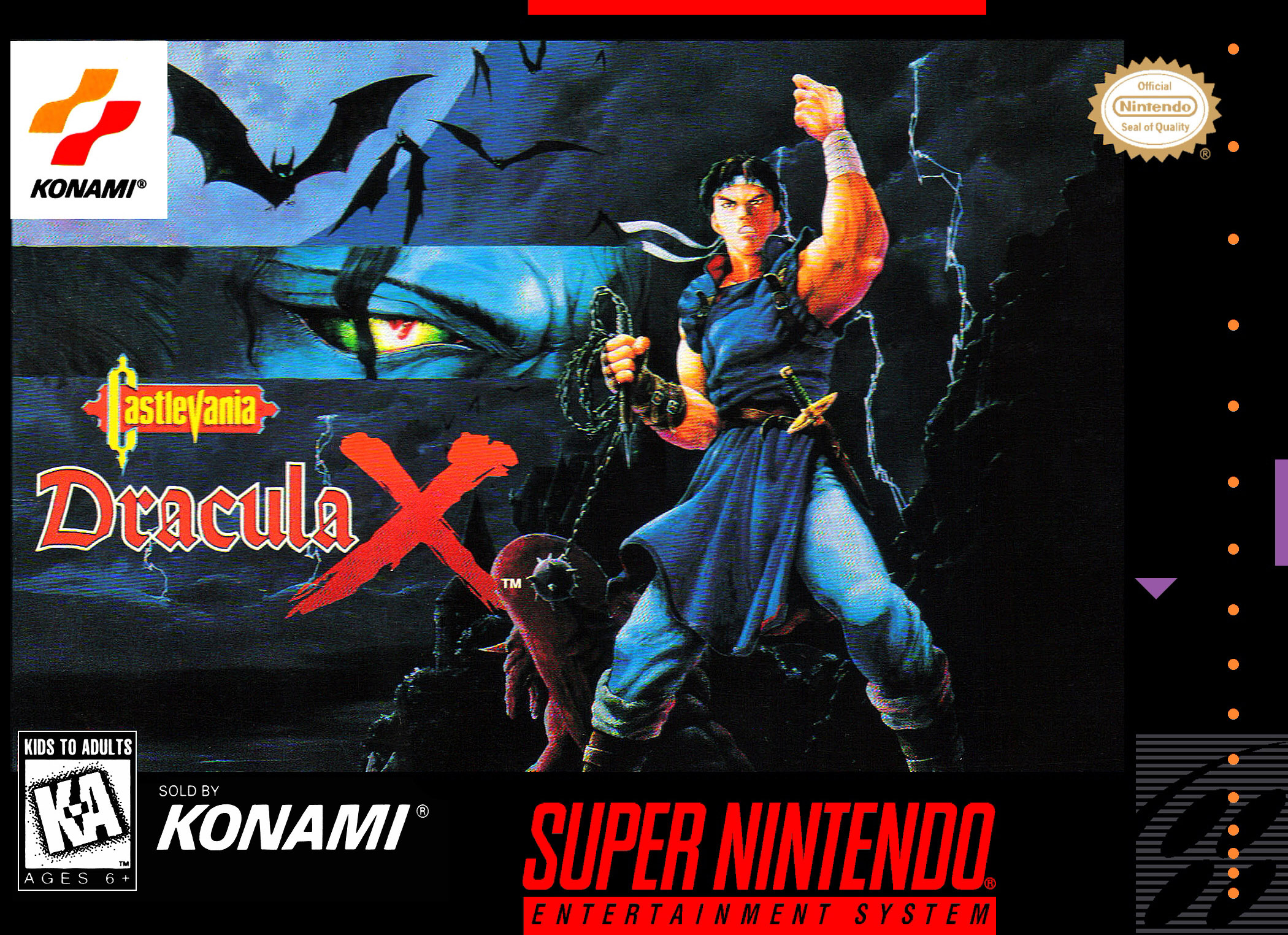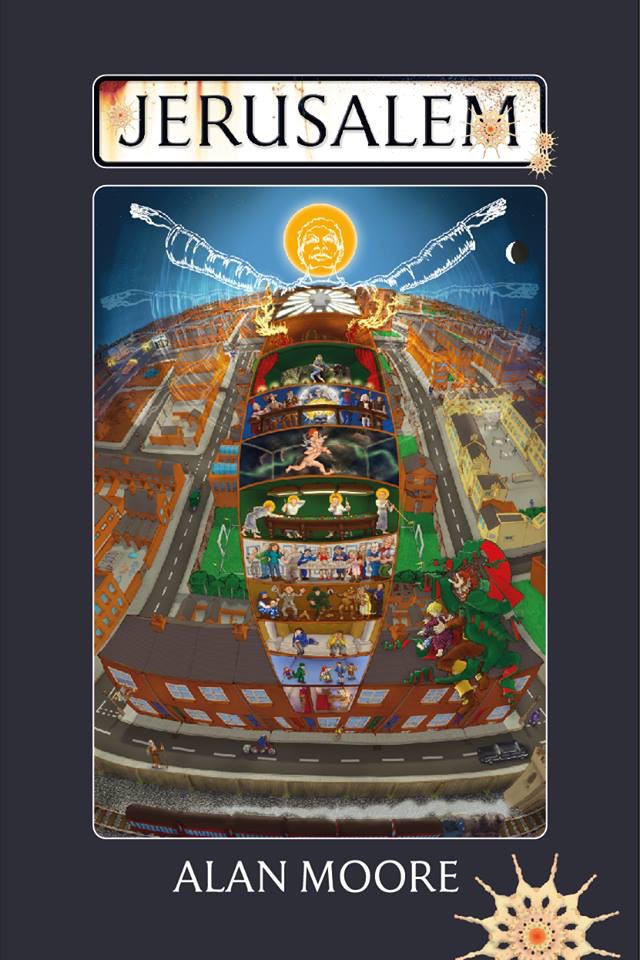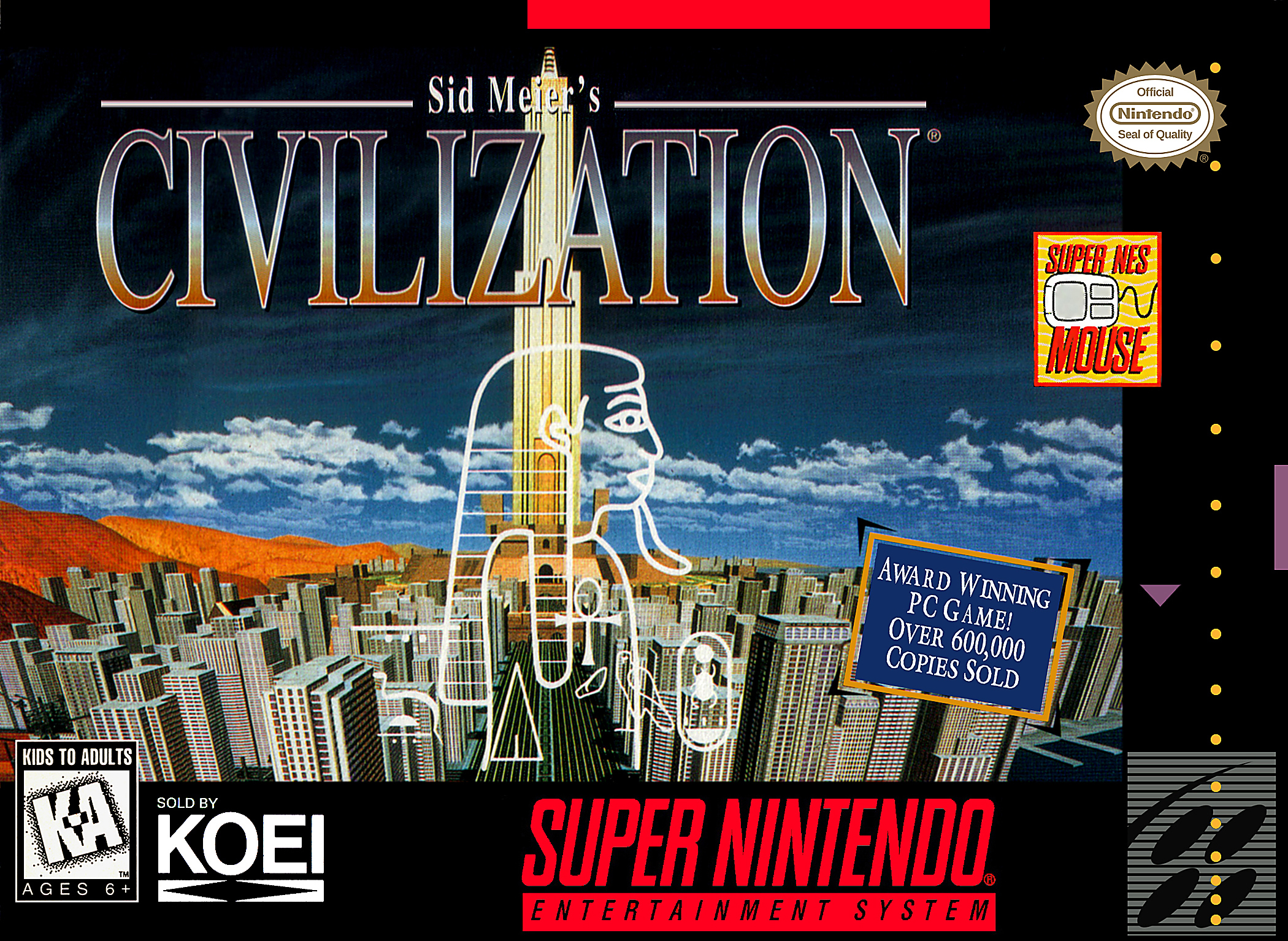These Shadows Keep On Changing (Castlevania: Dracula X)
 It’s more than slightly fitting that there should be a haunted Castlevania game. Like most hauntings, of course, Dracula X is ghastly. This was fairly obvious even at the time, when the game got lackluster reviews. Indeed, a new Castlevania game is the sort of thing that could plausibly have gotten me to buy a SNES game in 1995, and certainly could have been good for a rental, except that it appeared in all regards to be a step back from Castlevania IV. No multi-directional whipping, comparatively garish graphics, and in general an approach that looked like it was rejecting all the progress made in the series over the years. And that was beyond stuff like the seemingly pointless and meaningless title. I mean, Mega Man X was one thing, but this was just silly.
It’s more than slightly fitting that there should be a haunted Castlevania game. Like most hauntings, of course, Dracula X is ghastly. This was fairly obvious even at the time, when the game got lackluster reviews. Indeed, a new Castlevania game is the sort of thing that could plausibly have gotten me to buy a SNES game in 1995, and certainly could have been good for a rental, except that it appeared in all regards to be a step back from Castlevania IV. No multi-directional whipping, comparatively garish graphics, and in general an approach that looked like it was rejecting all the progress made in the series over the years. And that was beyond stuff like the seemingly pointless and meaningless title. I mean, Mega Man X was one thing, but this was just silly.
And truth be told, it’s a bad game. Most obviously, it’s stupidly difficult, and difficult in fundamentally mean-spirited ways. The most revealing example comes at the start of the second level, which combines a lengthy stretch of crumbling platforms with a chain of Mermen that jump up to attack you, which essentially means that any time you get hit it’s a fatal one. The section’s very early in the level, but the effect is still to make it so that you’re overwhelmingly likely to be down one or more lives when you get to the rest of the level, which isn’t exactly massively forgiving either.
But more than that, there’s just not much to the game. It gives the ugly impression of being shovelware – a Castlevania game rushed out for no reason other than that the Super Nintendo was still the dominant console and there hadn’t been one in a while. Which is almost but not quite what actually happened. In reality Castlevania: Dracula X was nominally a SNES port of Akumajō Dracula X: Chi no Rondo, released on CD for the PC-Engine, the Japanese version of the Turbografx in 1993, and more commonly known in English as Castlevania: Rondo of Blood.
Unlike Dracula X, Rondo of Blood is a good game. For one thing, it’s a sensible follow-up to Castlevania IV. It’s still in a starkly different mould, but instead of feeling like a step backwards it feels like a reasoned and deliberate move in a different direction. Which is perfectly fair – Castlevania IV probably took its approach as far as it was worth taking it. Instead of offering marginal refinement to its predecessor, which at this point simply wasn’t what Castlevania did with its sequels, Rondo of Blood defined its own. Castlevania IV was lushly beautiful and reveled in the possibilities of Mode 7, but was also a relatively slow game. Rondo of Blood, on the other hand, is fast and action-packed – more interested in adrenaline than atmosphere. It also expanded on the handful of secret areas in Castlevania IV and linked them back to Castevania III’s multiple paths structure to create levels with multiple paths and, at times, multiple bosses and exits that lead to different levels.…

 It’s easy, with something like this, for the weight of expectations to become crippling. The stakes are such that anything short of it self-evidently joining
It’s easy, with something like this, for the weight of expectations to become crippling. The stakes are such that anything short of it self-evidently joining 
 It’s not about changing history; not really. One does change history, yes, but that is not the point, at least in the conventional sense. Normally we change history to alter present circumstances, after all. Here, however, we change history to alter the future, with the present remaining not fixed, but largely conceptualized as a somewhat indifferent midpoint between the two poles – strangely unimportant to the actual story being told.
It’s not about changing history; not really. One does change history, yes, but that is not the point, at least in the conventional sense. Normally we change history to alter present circumstances, after all. Here, however, we change history to alter the future, with the present remaining not fixed, but largely conceptualized as a somewhat indifferent midpoint between the two poles – strangely unimportant to the actual story being told.  In case you missed it,
In case you missed it,